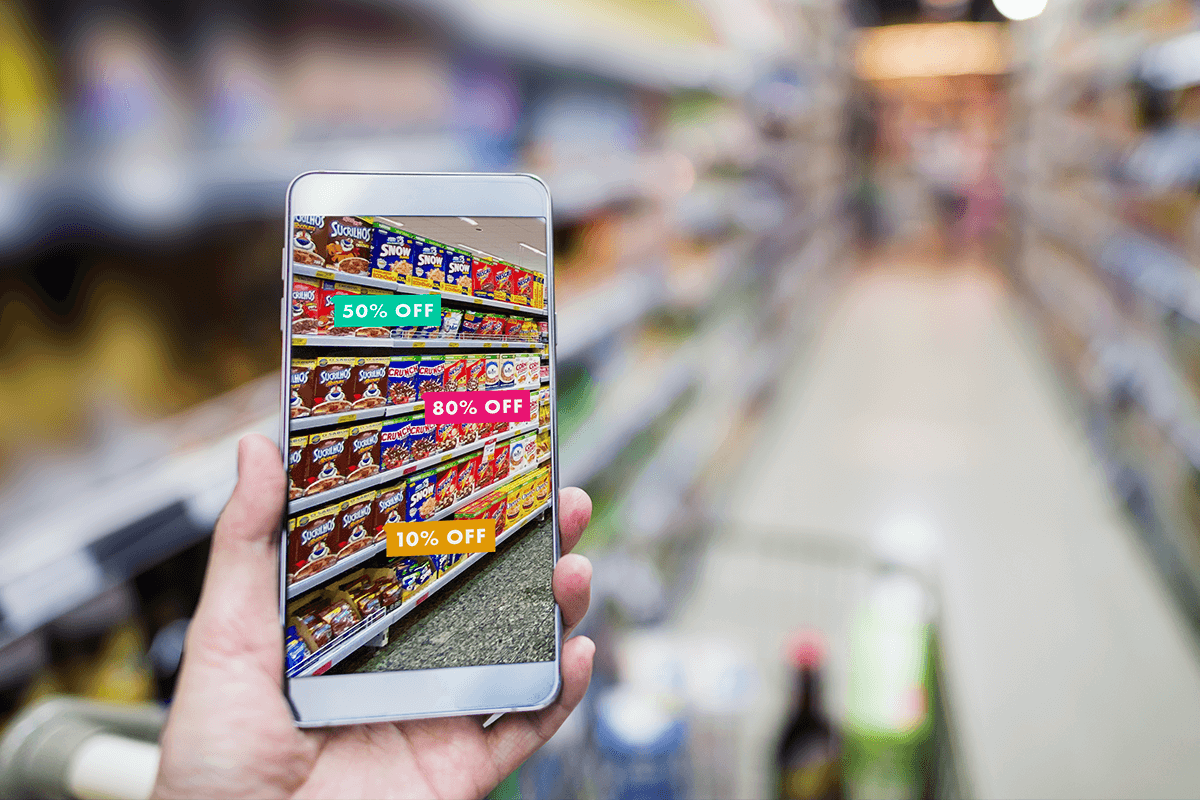As technology continues to evolve, augmented reality (AR) is playing a transformative role in the retail industry. From enhancing the shopping experience to driving sales, AR is becoming an essential tool for retailers. Below, we address some common questions about augmented reality in retail.
What is an Example of a Retailer Using Augmented Reality?
One of the most prominent examples of a retailer utilizing augmented reality is IKEA. IKEA has developed the IKEA Place app, which allows customers to visualize how furniture and other home items would look in their spaces before making a purchase. By using 3D and AR technology, customers can virtually place items in their living rooms, bedrooms, or any other area of their home. This app helps bridge the gap between online and physical shopping, offering customers a more interactive and informed shopping experience.
What is Augmented Reality Shopping?
Augmented reality shopping combines the physical and digital shopping experiences to provide a seamless and interactive experience. With AR shopping, customers can virtually browse and explore products using their devices. This includes viewing products in 3D, trying them on, comparing different sizes, and even customizing them with various colors and materials. AR shopping technology enhances the decision-making process, allowing customers to make more informed choices and reducing the likelihood of returns. For retailers, this means increased customer satisfaction and potentially higher sales.
What is the Impact of Augmented Reality in Retail?
The impact of augmented reality on retail is profound. AR is revolutionizing the way consumers shop by offering virtual try-on services, interactive displays, and immersive experiences. For instance, customers can use AR to virtually try on clothing and accessories, reducing the need to visit physical stores. This not only provides convenience for the customer but also helps retailers reduce overhead costs.
Additionally, AR offers detailed visuals and information, allowing customers to get a better understanding of the product before purchasing. Immersive experiences, such as virtual store tours and product demonstrations, further personalize the shopping experience, making it more engaging and enjoyable. Overall, AR is transforming retail by creating a more efficient, informative, and satisfying shopping environment for consumers.
What are AR and VR in Retail?
AR (Augmented Reality) and VR (Virtual Reality) are two technologies that are gaining significant traction in the retail sector. AR allows users to interact with digital objects and information superimposed on their view of the real world. For example, shoppers can use their smartphone camera to scan a product label and instantly receive more information about the product, such as reviews, additional features, or alternative options.
VR, on the other hand, immerses users in a completely virtual environment. In retail, VR can be used to create simulated shopping environments, offering customers the chance to explore virtual stores, try products in a digital space, or even experience full-body tracking for games and simulations. Both AR and VR offer innovative ways for retailers to engage with customers, providing immersive and interactive experiences that go beyond traditional shopping methods.
Conclusion
Augmented reality is not just a buzzword in retail; it’s a game-changer. By integrating AR technology, retailers can offer customers an enhanced shopping experience that blends the physical and digital worlds. Whether it’s visualizing products in their homes, trying on items virtually, or exploring immersive store environments, AR is setting new standards in retail. As the technology continues to evolve, its impact on the retail industry will only grow, offering more opportunities for innovation and customer satisfaction.
